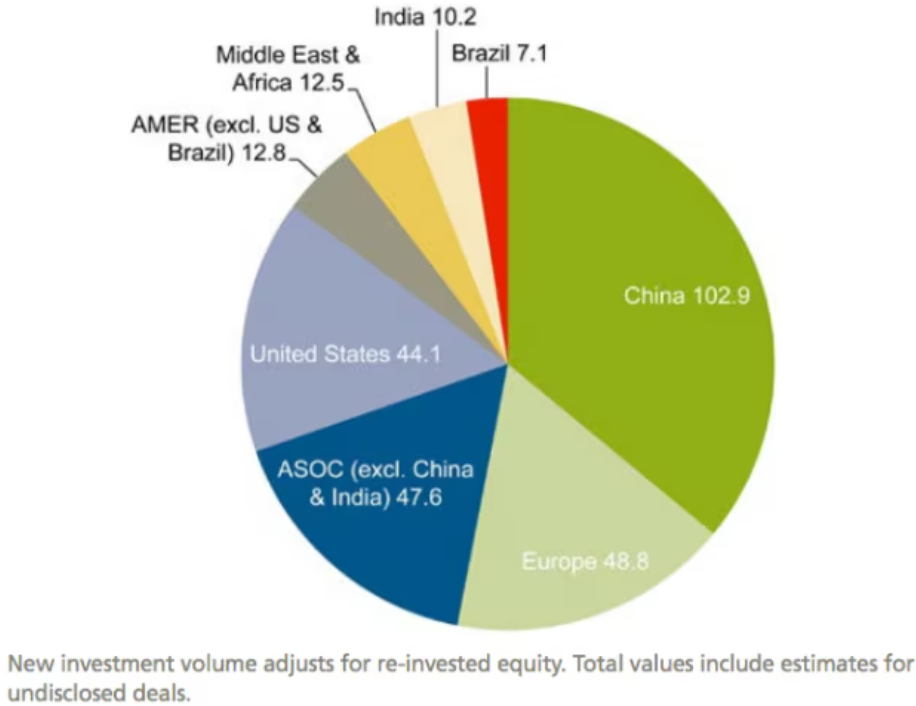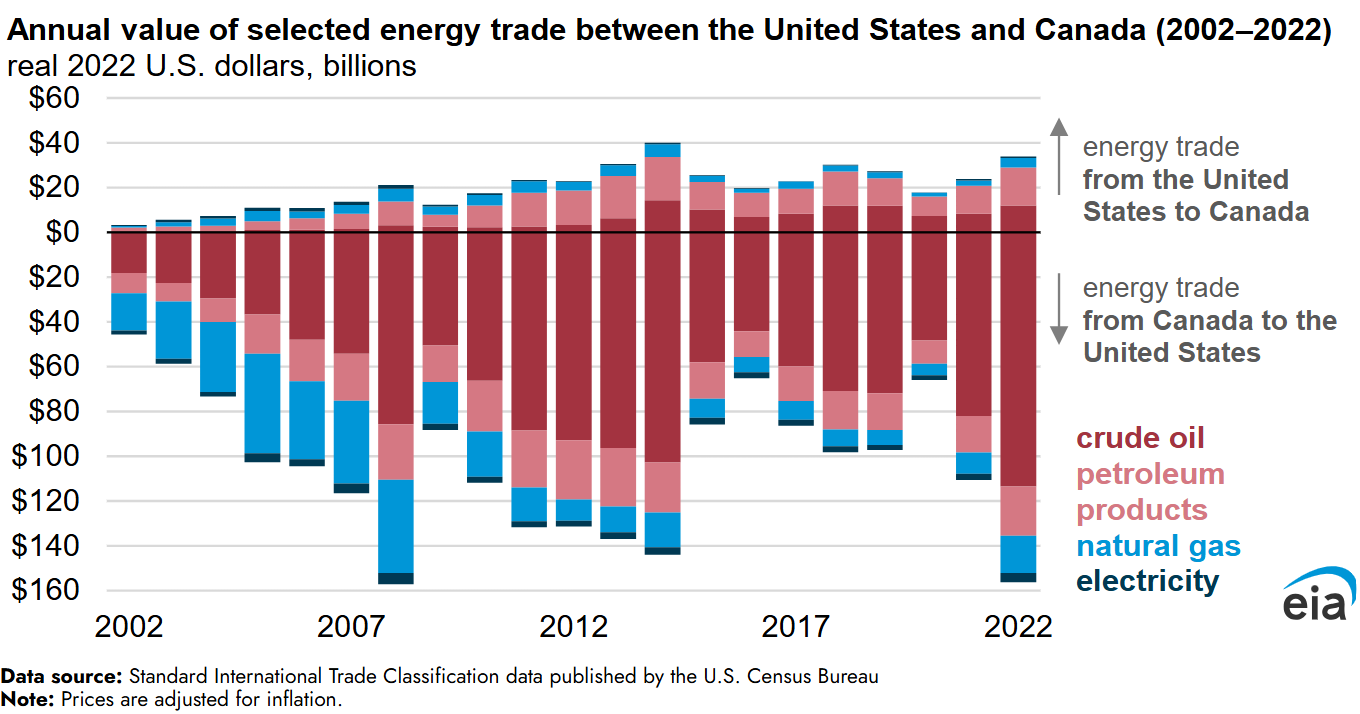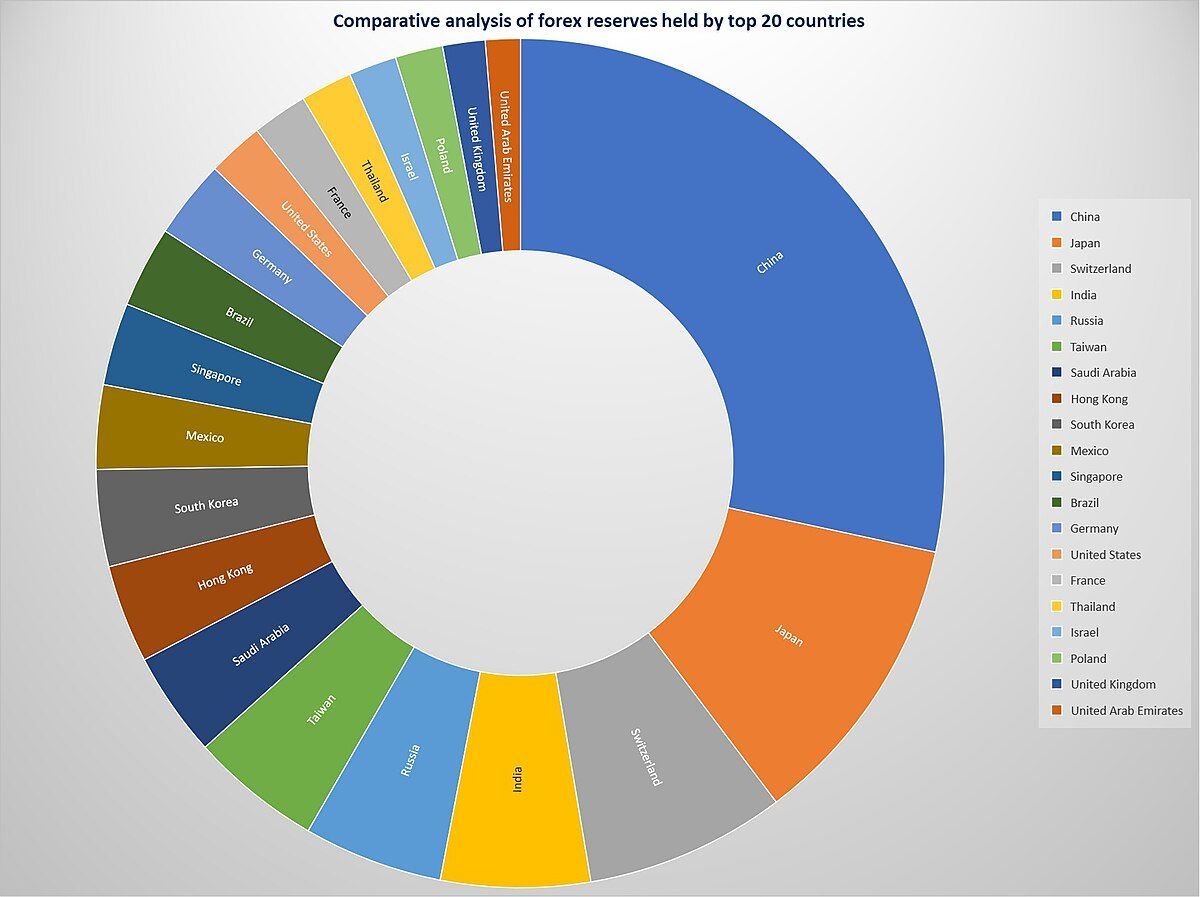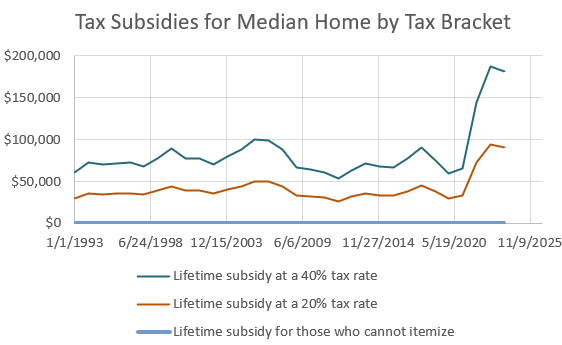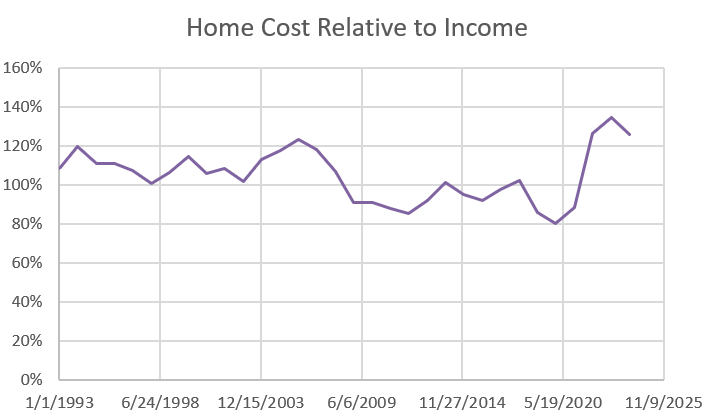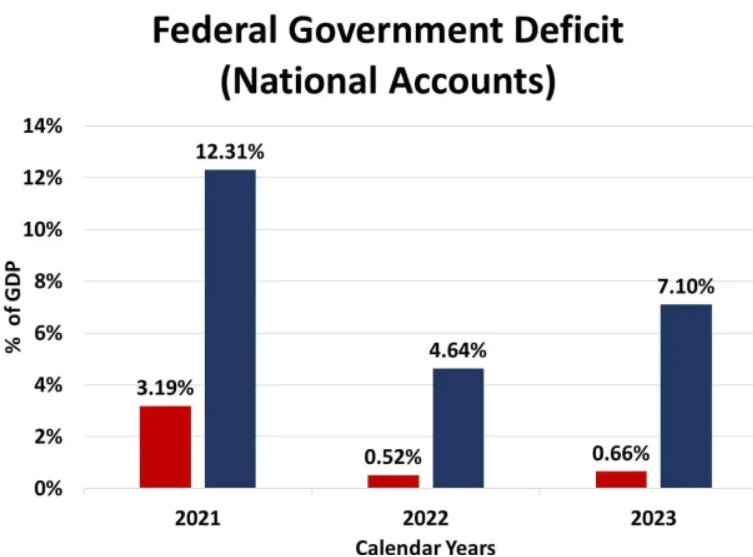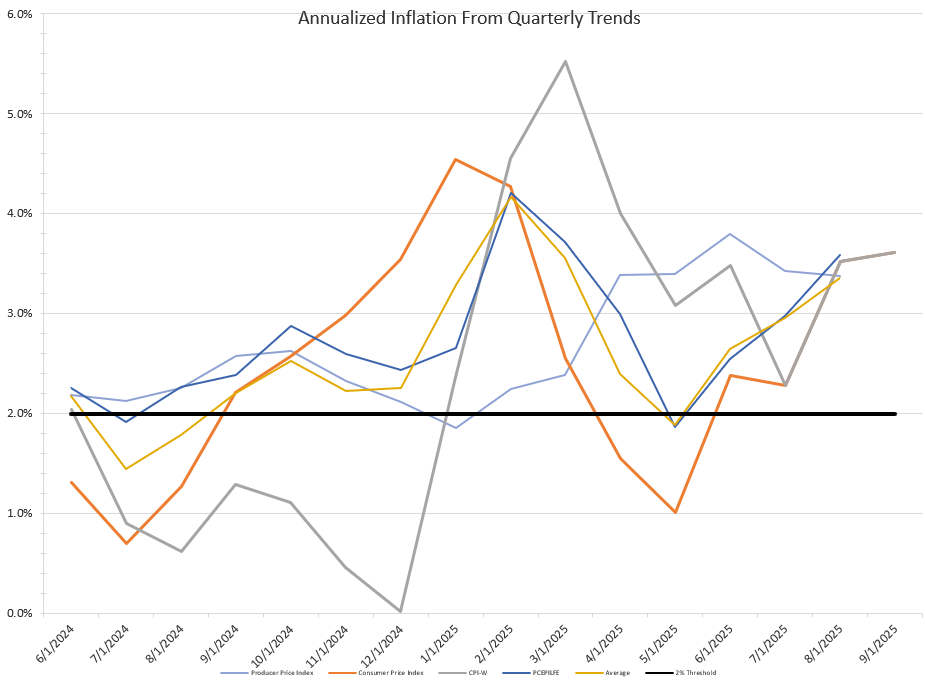Colin Read • August 25, 2024
Making Electric Lemons into Lemonade - August 25, 2024
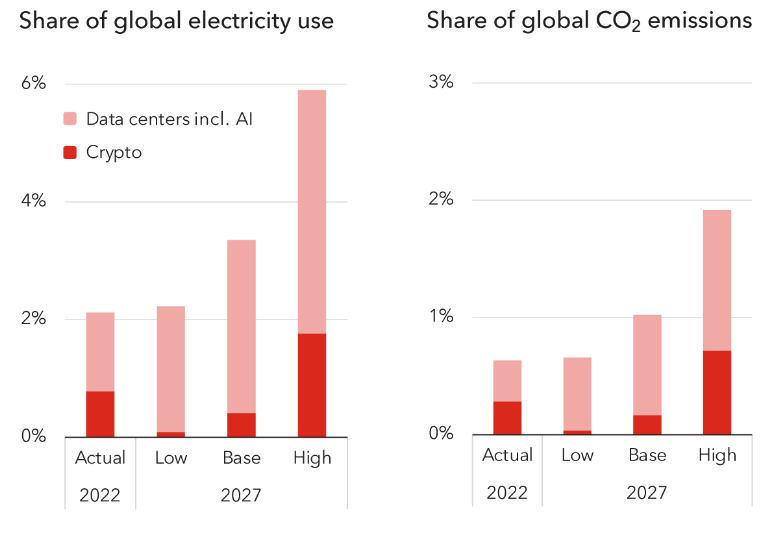
In these pages we have often lamented about the sad state of the fragmented and obsolete electric grid in the United States. At the same time, we have discussed how Artificial Intelligence and bitcoin mining is taxing the grid and demanding unprecedented amounts of electricity. These factors have led to brownouts and failures across the grid, even when new technologies are available to solve such problems. Here is a smattering of links to various issues over the past couple of years:
https://www.everybodysbusiness.online/power-aggregation-july-28-2024
https://www.everybodysbusiness.online/a-new-way-to-share-energy-july-14-2024
https://www.everybodysbusiness.online/theres-nothing-in-them-thar-hills-may-5-2024
https://www.everybodysbusiness.online/the-streets-are-paved-with-e-gold-april-21-2024
https://www.everybodysbusiness.online/will-bitcoin-halving-matter-april-14-2024
https://www.everybodysbusiness.online/it-s-all-about-power-sunday-march-3-2024
https://www.everybodysbusiness.online/a-cashless-society-sunday-january-14-2024
https://www.everybodysbusiness.online/nimby-nuclear-and-the-veil-of-ignorance-december-24-2023
https://www.everybodysbusiness.online/a-cashless-society-sunday-january-14-2024
https://www.everybodysbusiness.online/the-artificial-intelligence-race-october-22-2023
https://www.everybodysbusiness.online/sensational-science-and-terrifying-technology-july-23-2023
https://www.everybodysbusiness.online/the-monetization-of-information-june-11-2023
https://www.everybodysbusiness.online/the-reserve-currency-and-monetary-autonomy-june-4-2023
https://www.everybodysbusiness.online/how-ai-will-change-somethings-though-april-23-2023
https://www.everybodysbusiness.online/ai-wont-change-everything-right-away-april-16-2023
https://www.everybodysbusiness.online/much-ado-on-the-crypto-front-september-11-2022
There are many solutions available that I summarize today. The only solution left wanting is the will and investment to get them done and, in the process, save ratepayers billions of dollars in the future. An international agency headquartered in the United States, the International Monetary Fund (IMF), has proposed a solution that we should take up to fund improvements while at the same time taxing not ratepayers responsible for excessive energy demand but the entities inducing this new demand in the first place.
Let’s start with the solution. The IMF is taking up a proposal I made in a recent book, The Bitcoin Dilemma. They propose a a globally unified electricity surcharge of less than five cents per kilowatt-hour and leveled only on those very high energy density users such as bitcoin. More correctly, it would likely focus on a type of cryptocurrency mining that converts electricity to new coins, but since bitcoin represents 99.4% of the value of the handful of cryptocurrencies that have not rejected high energy intensity mining, it is essentially a tax on the upwards of 3% of global electricity demand devoted to one single industry that demanded almost no energy a decade ago.
Since the plan is motivated to solve the problem of excessive new energy demand that requires ratepayers the world over to subsidize, the IMF might also want to consider imposing the tax on AI. I can assure you - it will not slow the growth of AI given the world’s largest AI plant currently operates from a huge lot full of diesel generators right now since the county it chose to operate in has yet to come up with the power it needs. If AI is profitable using diesel generation, which is about the most expensive electricity source possible, a few pennies’ tax per kilowatt-hour will be coin behind the couch cushion for them.
There are many tools of technology that can produce great benefits but also potentially incur great risks to society. Nuclear power, TNT, social media, even the internal combustion engine all have both positive and negative aspects. The art of public policy is in the risk assessment and the resolve to take the best and mitigate the rest. While public policy often seems ill-prepared to find the appropriate balance, I harbor the optimism that balance is possible. It is with these mixed feelings that I acknowledge the inevitably of AI and its implications on energy.
It is not the energy I worry about. We have the technology to create inexpensive power, if the incentives are properly placed. The more difficult problem seems to be in distributing the power from where it is generated to where it is needed in ways that are economically efficient and just.
This is where the proposal I made with regard to new and intensive energy users can be best leveraged. The IMF’s modest electricity tax, perhaps using the standard we put in place on users who consume more than 100 kilowatts of power per thousand square feet of space, is ideal. It singles out only those high intensity users that are taxing the grid in unsustainable ways, and the revenues from the tax go a long way to ensuring that private sustainable power provision can make its way to market. You see, it is not a production problem, it comes down to distribution.
A back of the envelope calculation shows that such a tax can raise about $10 billion in revenue in the U.S., which is about half of the necessary investment we must make to unify and improve the grid. While we could muddle along without these investments, were it not for bitcoin mining, electric cars, and AI, such improvements are nonetheless wise. And, they go a long way toward the path of energy sustainability.
They are also sufficient to pay for some very low hanging fruit that has been the subject of past blogs.
For instance, simply replacing existing very high voltage wires on the distribution lines spanning our states with new alloys can be done relatively cheaply and without the need to be held back by NIMBY-prone permitting delays. The new alloys can transport almost twice as much energy as could legacy power lines, and, with carbon fiber cores, are much less prone to the drooping during high heat events that has created forest fires. This is the first thing we should do immediately with the IMF tax revenues.
The next option is to reoptimize the grid to bring power between new sources and new demanders (sinks in engineering terms). An AI operation has the luxury of geographic convenience, unlike EV charging stations that are more likely to be primarily urban. We need a new grid to optimize such connections, perhaps by using AI tools for the optimization itself. With a new and optimized grid blueprint, we should then use Very High Voltage Direct Current lines that can again carry much more power in ways that are safer, cheaper, and less obtrusive than the power transmission lines criss crossing our nation. New technologies mastered over the past couple of decades following pioneering work in Canada shows that such is possible. Indeed, over the coming weeks and months such a line will be built by ships right outside my window on Lake Champlain, buried below the lake bottom, to take Quebec power to energize upwards of 20% of New York City. We know that HVDC is a viable and proven technology, if only we have the latitude to design and build such networks. This project alone was discussed almost 20 years ago when I first arrived in Plattsburgh, and regulatory and funding hurdles have delayed and delayed the plan.
Finally, our network is patchwork. With over 3000 unrelated local and regional entities in the U.S. alone, only loosely tied into multiple grids, there is no unifying direction. Yet, power should be considered a national public interest, especially if we are to successfully navigate our way toward sustainability. It is difficult, though, to find a pathway in which thousands of independent utilities cede coordination and some control to a single entity concerned about our collective wellbeing and sustainability rather than their profit. Indeed, an economic theory called the Averch-Johnson effect, shows that regulated private enterprises permitted to pass along to consumers the costs they incur to provide us with power will typically choose inefficient but profitable modes rather than more efficient and sustainable modes. We need to repeal this form of regulation by considering power part of a public trust.
The moral of the story is that we know how to do this, but we should expect a great deal of resistance from those for whom we complicate their economic model and mitigate some of the excessive profits by monetizing AI, by having bitcoin mining subsidized at ratepayers' expense, by independent utilities or power grid owners who find it more profitable to curtail supply or fail to coordinate power production and distribution, or by those who applaud sustainability but won’t tolerate any compromises in their backyards. We need leadership in this avenue of technology that is key to our sustainability. I appreciate the IMF’s willingness to offer thought leadership through a tax on just a couple of ultra high intensity energy users, and hope nations and policymakers will afford their detailed plan full consideration.
As always, if you know of anybody interested in economic issues facing us all, please pass on a link to past blogs in everybodysbusiness.online or drop me a line and I shall add them to the mailing list. Also, if you do not wish to be included, I apologize, and please let me know and I will promptly remove you from the weekly posting notice.
Thank you, and take care,
Colin Read
Professor of Economics and Finance at the State University of New York at Plattsburgh
Principal at Economic Insights and of ESG Analytics
Author of Understanding Sustainability Principles and ESG Policies, The Bitcoin Dilemma, and a dozen other books on Finance and Economics published by MacMillan/Palgrave/Springer at:
https://www.amazon.com/stores/Colin-Read/author/B001JRTJJ6
